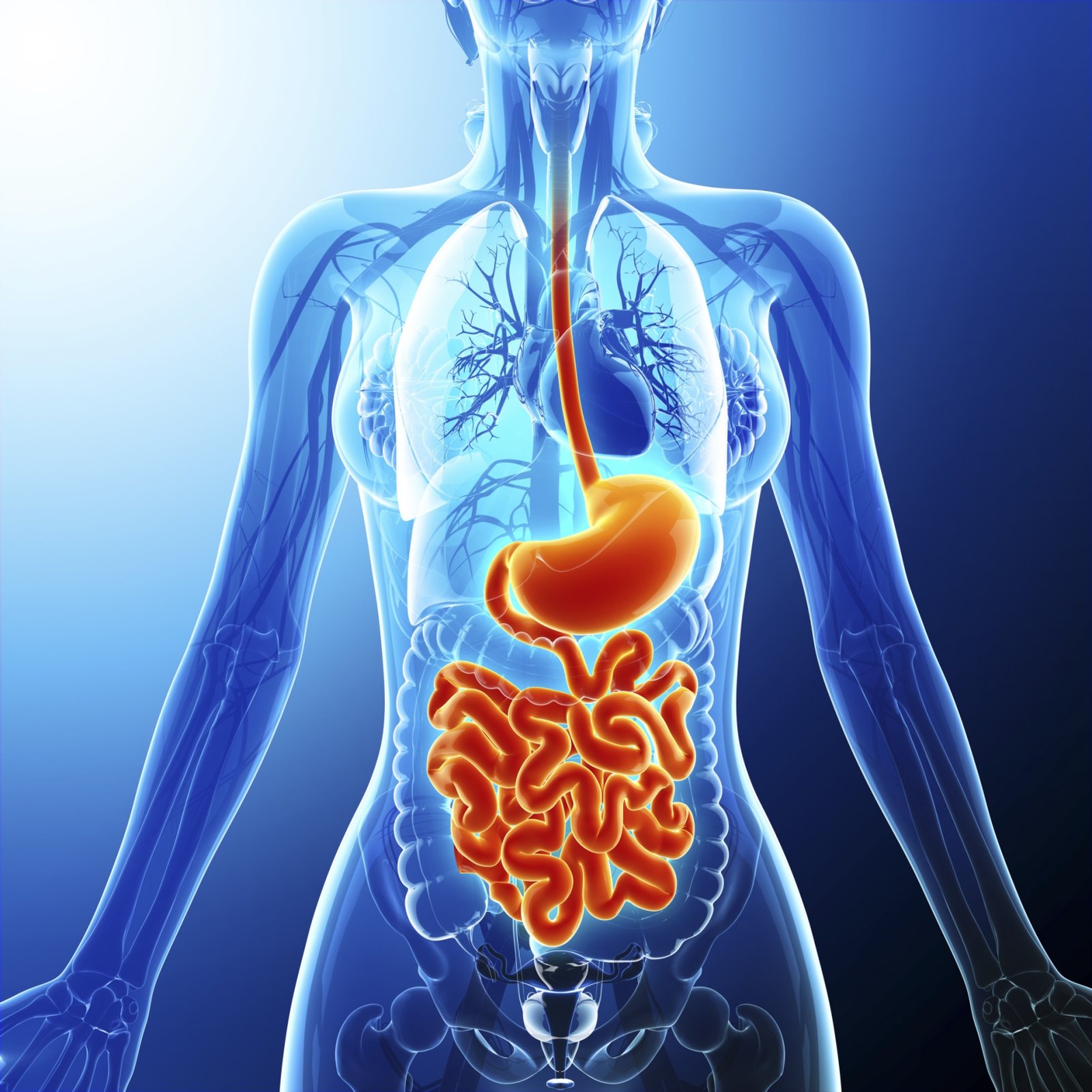Neurospine Hospital & Revive Critical Care
GASTROENTEROLOGY
Gastroenterology is the study of the normal function and diseases of the esophagus, stomach, small intestine, colon and rectum, pancreas, gallbladder, bile ducts and liver. It involves a detailed understanding of the normal action (physiology) of the gastrointestinal organs including the movement of material through the stomach and intestine (motility), the digestion and absorption of nutrients into the body, removal of waste from the system, and the function of the liver as a digestive organ.
It includes common and important conditions such as colon polyps and cancer, hepatitis, gastroesophageal reflux (heartburn), peptic ulcer disease, colitis, gallbladder and biliary tract disease, nutritional problems, Irritable Bowel Syndrome (IBS), and pancreatitis.

What Procedures do they Perform?
Gastroenterologists carry out several procedures to diagnose, treat, and manage conditions.
These procedures include:
Endoscopy
During an endoscopy, a gastroenterologist uses a camera that attaches to a long, thin tube called an endoscope to look inside the body.
They insert the endoscope through the mouth, down the throat, and into the esophagus. It sends images back to a screen for monitoring.
A gastroenterologist might perform an endoscopy to investigate symptoms such as:
- persistent heartburn
- nausea and vomiting
- bleeding
- problems with swallowing
- stomach pain
- unexplained weight loss
Gastroenterology Tests and Procedures
- Endoscopy: Endoscopy uses a flexible, long tube with a camera and light at the end to take pictures.
- Enteroscopy: Enteroscopy is endoscopy used specifically to examine the small bowel — typically used to identify the source of intestinal bleeding or to find out the cause of nutritional malabsorption.
- Colonoscopy: A colonoscopy is an endoscopic procedure that allows the doctor to see the lining of the large bowel and parts of the small intestine and rectum.
- Endoscopic retrograde cholangiopancreatography (ERCP): ERCP is a procedure used to assess and treat problems of the bile and pancreatic ducts and the gallbladder.
- Esophageal manometry: This endoscopic test is used to look at the esophageal muscles and evaluate lower esophageal sphincter function.
- Percutaneous endoscopic gastrostomy (PEG): This procedure is used to insert a feeding tube into the stomach of someone who cannot take food by mouth, such as a stroke patient or cancer patient.
- Sigmoidoscopy: This endoscopic procedure lets doctors view the rectum lining and the lower third of the colon.

